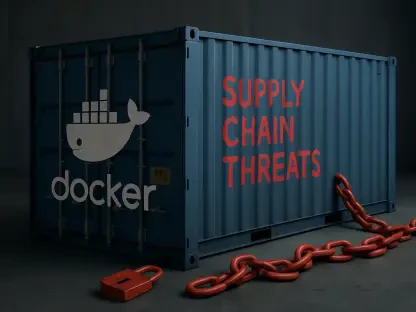Welcome to an insightful conversation with Maryanne Baines, a renowned authority in cloud technology. With her extensive experience evaluating cloud providers, their tech stacks, and industry applications, Maryanne offers a deep understanding of the evolving landscape of Infrastructure as a Service (IaaS) and the dominance of major players like AWS. In this interview, we dive into the shifting dynamics of the IaaS market, the impact of AI on cloud strategies, the rise of alternative providers, and the challenges faced by leading hyperscalers. Let’s explore her expert take on where the industry stands today and where it’s headed.
How would you describe AWS’s current standing in the IaaS cloud market, and what factors are influencing their position?
I’d say AWS is still the heavyweight champion in the IaaS market, holding a significant 37.7% share with revenues around $64.8 billion in 2024, according to recent research. But their lead isn’t as comfortable as it once was. Last year, they had a 39% share, so we’re seeing a slight dip. I think this comes down to intensified competition and the fast pace of innovation elsewhere. Other providers are catching up by offering specialized services and capitalizing on specific enterprise needs, which is starting to chip away at AWS’s dominance.
What’s the competitive landscape looking like for AWS, and who’s making the biggest strides?
The competition is heating up for sure. Microsoft and Google are the ones to watch. Microsoft’s market share climbed from 23% to 23.9%, and Google went from 8.2% to 9% in 2024. Those might sound like small jumps, but in a market this big, they’re significant. Both companies are pushing hard with tailored cloud solutions and aggressive growth strategies. Microsoft, for instance, is leveraging its enterprise ecosystem, while Google is making inroads with data analytics and AI capabilities. These moves are definitely putting pressure on AWS to keep innovating.
Can you walk us through the key drivers behind the explosive growth of the IaaS market as a whole?
Absolutely. The IaaS market grew by an impressive 22.5% in 2024, reaching a total value of $171.8 billion. A huge part of this is the demand for flexibility—companies want to control where their data lives and ensure compliance with local regulations while still moving to the cloud. There’s also a big push for resilience and performance optimization. Enterprises are modernizing their IT by migrating workloads and building cloud-native apps across different environments. It’s all about staying agile in a fast-changing digital world.
How is the rise of AI shaping the strategies of major cloud providers like AWS?
AI is becoming a game-changer in the cloud space. Providers are pouring resources into AI infrastructure because they see it as the future of growth, even if it’s not a huge revenue slice yet. They’re building AI-optimized offerings to attract businesses looking to integrate machine learning and advanced analytics into their operations. For AWS and others, it’s about positioning themselves as leaders in this evolving market. You’re seeing investments in specialized hardware and services designed to handle AI workloads, which is a clear signal of where they think the industry is headed.
What’s your take on the emergence of non-hyperscalers and GPU-as-a-service providers in this space?
It’s fascinating to see these smaller players carve out a niche. Non-hyperscalers and GPU-as-a-service providers are stepping in to meet the demand for high-performance computing, especially for AI and machine learning tasks. They offer flexible, on-demand compute power that’s often more specialized than what the big hyperscalers provide. While they’re not a direct threat to AWS or Microsoft in terms of overall market share, they’re definitely filling a gap for businesses that need specific, high-powered solutions without the broader commitments of a hyperscaler.
Beyond market share, what other challenges is AWS grappling with right now?
AWS is facing some headwinds when it comes to growth rates. Recent reports show their growth slowed to 17% in the first quarter of 2025, down from 19% in late 2024. Compare that to Microsoft and Google Cloud, both clocking over 30% growth in the same period, and you can see the gap. There’s also scrutiny in markets like the UK, where regulators are questioning their dominance alongside Microsoft. With a combined 70% share in some regions, there’s a risk of interventions to boost competition. AWS needs to balance innovation with addressing these regulatory concerns.
What is your forecast for the future of the IaaS market and the role of hyperscalers like AWS in it?
I think the IaaS market will keep growing at a strong pace, driven by digital transformation and AI adoption. Hyperscalers like AWS will remain dominant, but their share might continue to face pressure as competitors refine their offerings and niche providers gain traction. The focus will likely shift toward specialized services—think AI, edge computing, and data sovereignty solutions. AWS will need to stay ahead by doubling down on innovation and addressing enterprise pain points. I also expect regulatory oversight to shape how these giants operate in key markets. It’s going to be an exciting space to watch over the next few years.









